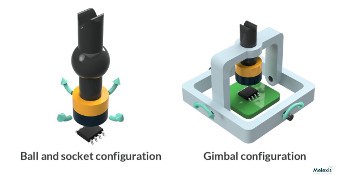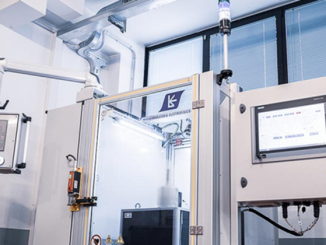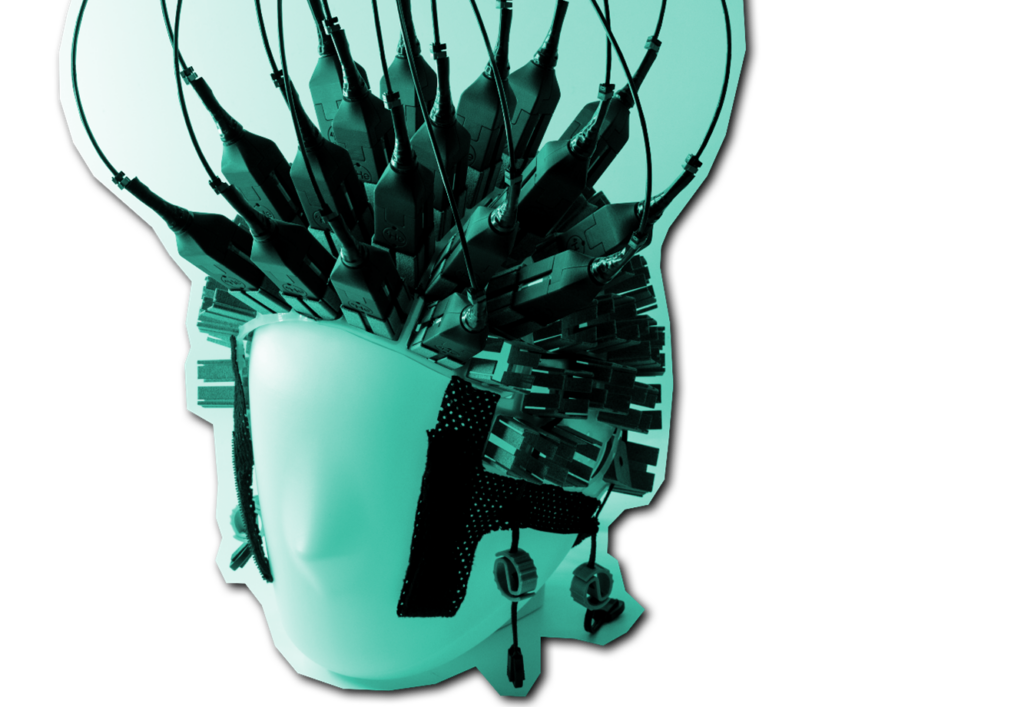
If the multifaceted dimensions of biomagnetism intrigue you, then Sydney down under would be a good place to hang out in August, especially from the 26th to 29th when BioMag 2024 takes place. The conference encompasses the intricate measurement of magnetic signals emanating from the human body with a special emphasis on brain activity and magnetic sensor technology. Speakers and attendees join to pursue the profound impact and scientific advancement of biomagnetism in cognitive neuroscience, clinical neuroscience and cardiology.

The setting matches Australia’s emergence as a vibrant hub of biomagnetism research. Attached to the program is an annual workshop on optical magnetometry with a special focus on biomagnetism applications. Though modest, the exhibition can be fascinating, too. A few of the exhibitors and their latest developments are highlighted in this article, namely Compumedics, Brainbox, MAG4Health, and TwinLeaf. Vacuumschmelze, a global leader in magnetics materials and technology, is the gold sponsor this year.
MEG systems from Compumedics making an impact in China
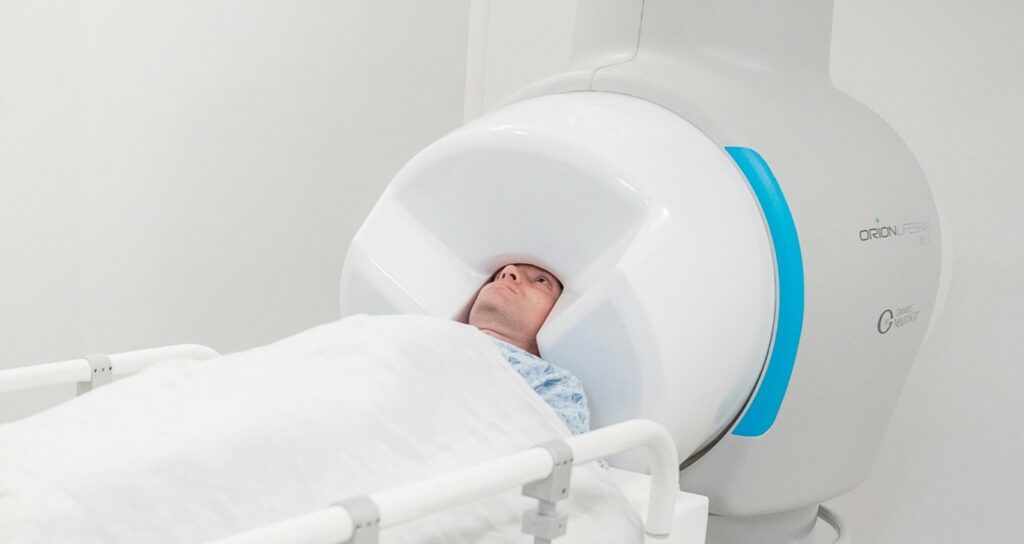
Compumedics, an Australian developer of magnetoencephalography (MEG) systems, will be prominently visible and well represented. MEG is a functional neuroimaging technique for mapping brain activity by recording magnetic fields produced by electrical currents occurring naturally in the brain using very sensitive detectors.
Following a MEG system for installation installed at Tianjin Normal University, Compumedics has recently received further MEG orders from prestigious Tsinghua and Tianjin Universities in China. Along with a host of peripherals including simultaneous EEG, stimulators, computers and neuroimaging software, the systems will ship to both sites in 2025. One order is for two single-helmet MEG systems, and the other is for a dual-helmet MEG system.
The contracts further establish Compumedics in the large and fast-growing Chinese neurosciences marketplace as the selections by both universities were the result of a thorough technical review of all available MEG systems from multiple vendors, says the company. Continued development of its Orion LifeSpan have added high-quality pediatric recordings, simulated hyperscanning from both MEG sensor arrays and powerful analysis capability via the newly-released CURRY 9 software.
Tsinghua University will use the Orion MEG to study hearing and vision for object recognition and spatial navigation. Hyperscanning will be especially useful to study complex decision making and social cognition as used for collaboration.
“We are very pleased to receive these additional MEG orders from China, which we regard as very important early adopters of our unique MEG technology offering,” commented Dr. David Burton, executive chairman of Compumedics. “Whilst the business opportunity has taken longer than expected, we are now firmly on the path to commercialization of our innovative MEG offering over the foreseeable future.” Founded by Burton in 1987, Compumedics also owns US-based Neuroscan and Germany-based DWL Elektronishe.
At the heart of the system are double relaxation oscillation superconducting quantum interference device (DROS SQUID) sensors coupled with optimized second-generation axial gradiometer pickup coils. They are significantly more accurate than conventional MEG sensors. Additionally, a unique dual-helmet Dewar enables accurate measurements from adult and pediatric populations, along with hyperscanning. This includes a sensors-in vacuum cooling system for more sensitive measurements. The dewar is coupled to a virtual 100% coolant recycling system with continuous operation. No refilling of helium is required and 24/7 operation is possible. See www.compumedics.com.
Brainbox and MAG4Health exhibit together

Brainbox Ltd and MAG4Health will be joining efforts to bring the innovative 4HE OPM-MEG from MAG4Health to the exhibition. Powered by quantum technology, the 48-sensor whole-head coverage system enables brain imaging without the need for cryogenics, an important feature for both neuroscience research and clinical applications. It is the first product from MAG4Health, a spinoff from CEA-Leti Grenoble in France. See www.mag4health.com.
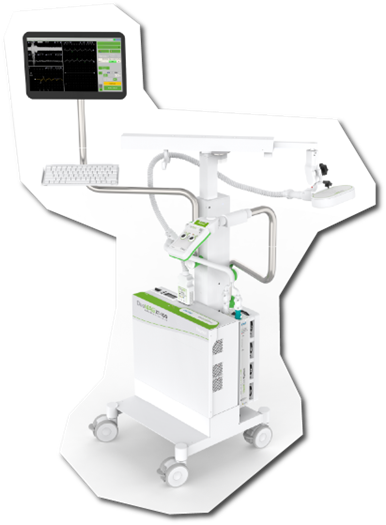
Brainbox, located in Cardiff, England, provides repetitive transcranial magnetic stimulation (rTMS) with its flagship DuoMAG XT rTMS system, which can be applied to increase or decrease the excitability of the corticospinal tract depending on the intensity of stimulation, coil orientation, and frequency.
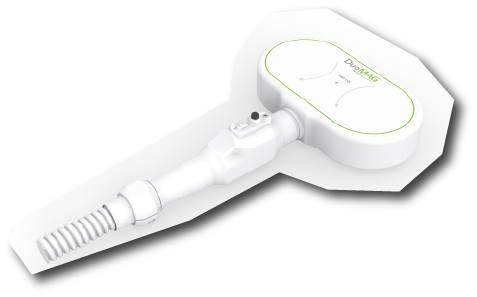
The range-topping DuoMAG XT100 is capable of delivering 100Hz stimulation at 40% stimulator output and theta burst at 67% stimulator output. DuoMAG XT35 and XT10 stimulators are capable of delivering rTMS at 35Hz and 10Hz respectively. See www.brainbox-neuro.com.
TwinLeaf magnetometers and shielding
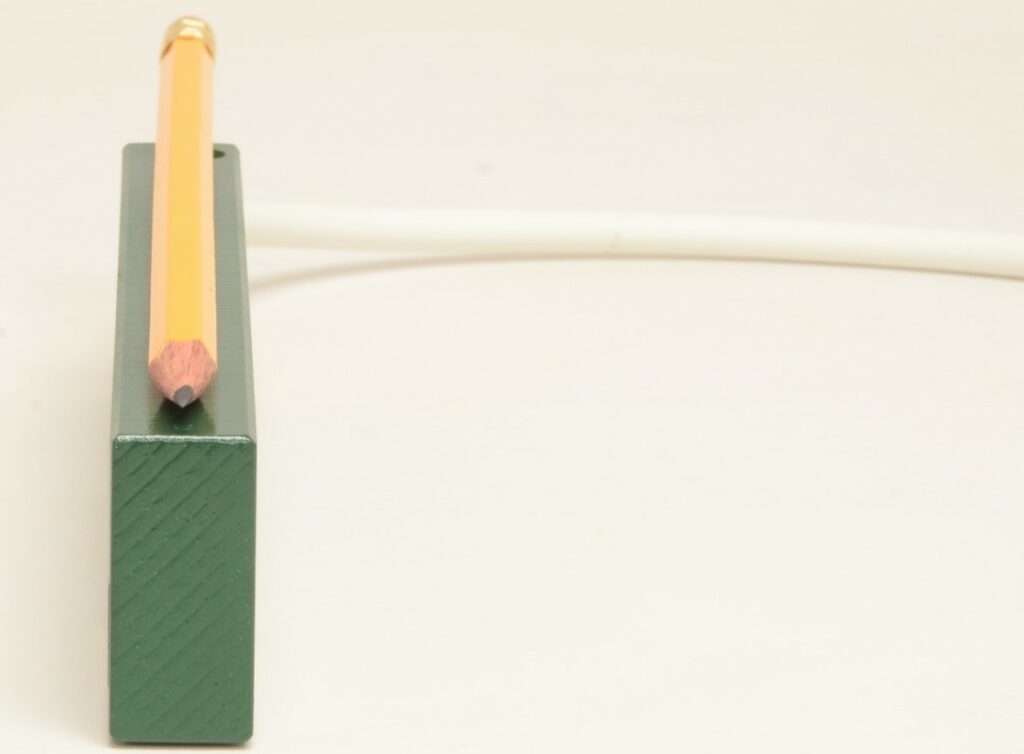
TwinLeaf of Plainsboro, New Jersey has developed a range of highly sensitive magnetic sensing devices as well as electromagnetic shielding products. The PPM sensor shown above has a very narrow axial dead zone that is difficult to encounter during typical magnetic survey. It measures magnetic field using a unique frequency counter and can track very large changes in magnetic field while recovering immediately from transient magnetic pulses and maintaining its high sensitivity.


The Optical Magnetic Gradiometer from TwinLeaf is a high-performance total field magnetometer and gradiometer with both high sensitivity and high bandwidth. It uses a special pulsed pump laser developed by Twinleaf to provide high atomic spin polarization and very low systematic error. It measures magnetic field using a frequency counter and can track very large changes in magnetic field, recovering immediately from transient magnetic pulses.
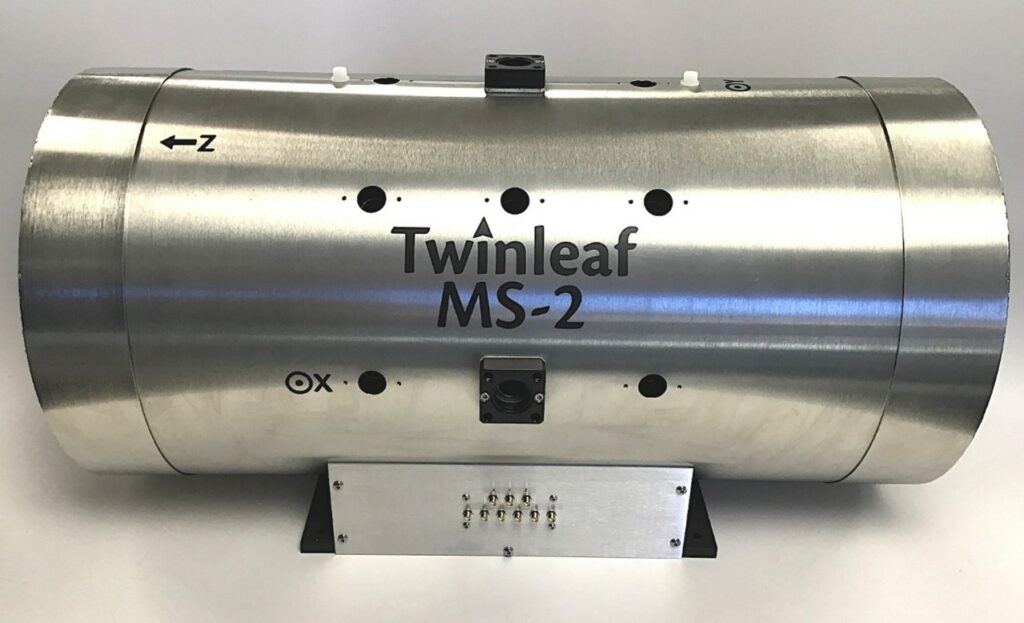
TwinLeaf also produces a range of sophisticated magnetic shielding products. Its MS-2 magnetic shield, for example, is designed for precision magnetic field control. It provides multilayer high permeability metal shielding to reduce the ambient magnetic noise, while an internal field coil system precisely controls the magnetic field in the center of the shielded volume. See www.twinleaf.com.

